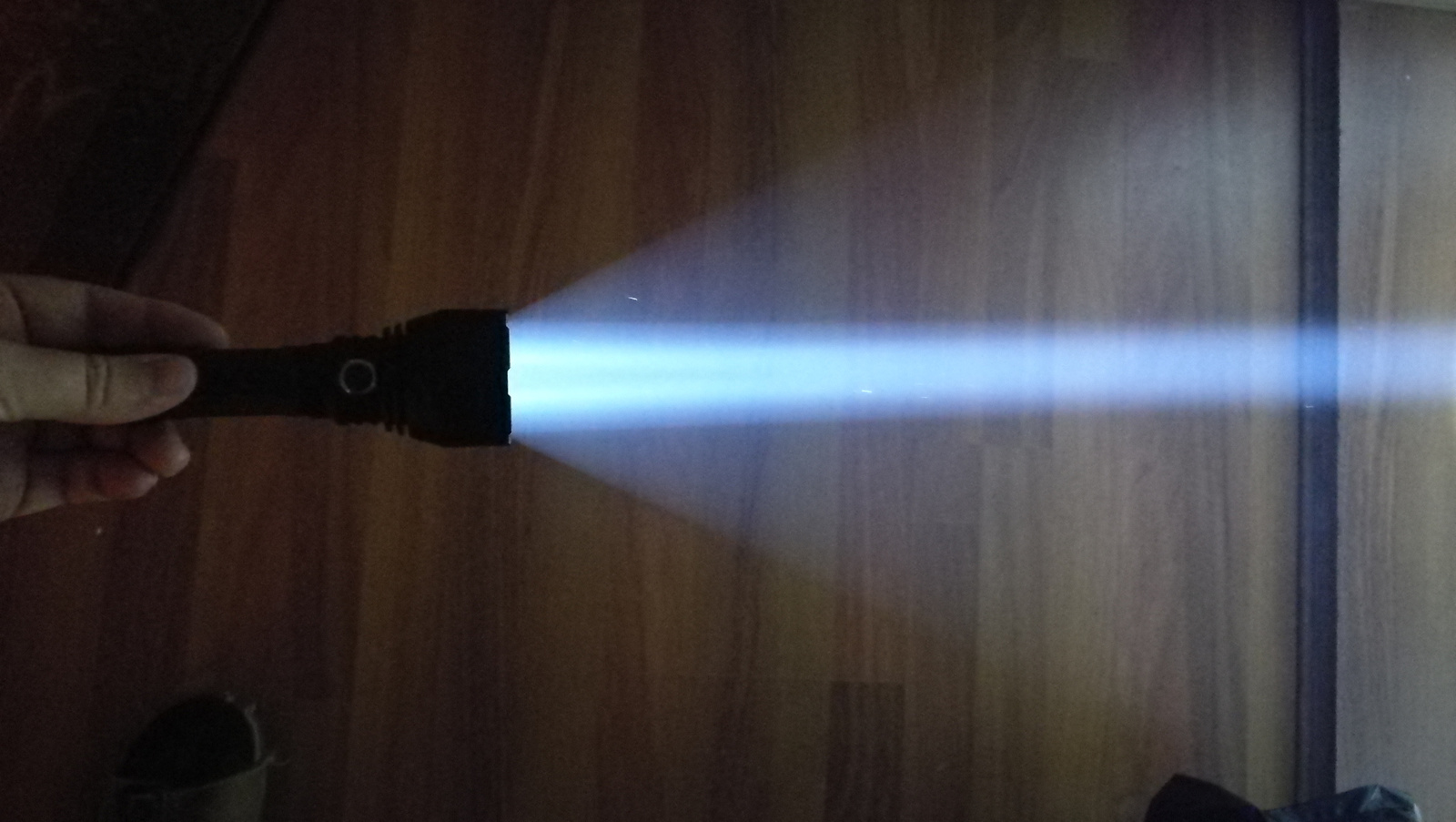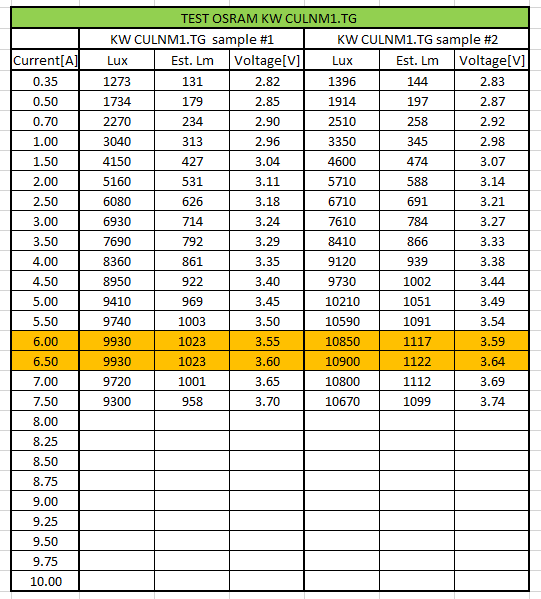You could do that and get a good result, but personally I’m always actually checking the beam at low current (I usually clip my led tester at 50mA to the driver spring and body, and hold the loose reflector over the led+gasket) before I decide that focus is correct, and if not correct I adjust the gasket height.
You can work on the gasket, checking with reflector after each change, even with the bare board outside the flashlight, as long as you can clip a led tester to the board, i.e. you van temporarily solder some ledwires to the board for the connection.
I have learned over time that patiently taking time getting the gasket right is very much worth the trouble, despite how insignificant that little plastic thingy looks like.

 I learned a lot from you
I learned a lot from you 
